A worldwide disease
Migraine is one of the most common diseases in the world. Approximately 39 million Americans and 1 billion people worldwide experience migraine headaches, which is one-eighth of the men, women and children living on our planet. Almost half of all women will experience migraines in their lifetime, most often between the ages of 35 and 45.
Treatment options and the role of cannabis
There are many treatment options, including many preventive and pain-relieving medications. Some sufferers even turn to psychedelics for relief, which isn't surprising when you learn that LSD was originally developed as a vasoconstrictor, a class of drugs used to treat migraines.
Cannabis also has potential as a convenient and effective treatment for migraine pain and other headaches. According to a review article published in August 2021 by a group of Florida researchers, available evidence suggests that cannabis use "reduces migraine duration and frequency" through glutamine, inflammatory, opiate and serotonin pathways.
New research and results
Two of the 34 studies included in the review are considered in more detail. Additionally, two recently published papers indicate that terpenes, the compounds responsible for the aroma of cannabis, may be involved in this therapeutic effect.
High THC cannabis for migraine and headache relief
A study published in the September 2020 Journal of Integrative Medicine found that inhaled cannabis is very effective for headaches. Researchers at the University of New Mexico used data from the Releaf digital app for more than 2.5 years to study the relationship between cannabis use and migraine and headache symptoms in real time. Patients used an app to record their pain intensity on a scale of 0 to 10 before and immediately after using cannabis.
Ninety-four percent of users experienced symptom relief within two hours of using cannabis, with an average reduction in pain intensity of 3.3. Men reported more relief than women, and patients younger than 35 years tended to improve more than older patients. This study found that a THC level greater than 10% (as reported by supplement users according to product labels) was the strongest independent predictor of symptom relief.
The effectiveness of concentrates compared to smoking flowers
A team from Washington State University (WSU) studied archival data from another medical cannabis application called Strainprint to study the effects of inhaled cannabis on headaches and migraines. The researchers also evaluated the effect of gender, type of cannabis (flower or concentrate), dose and concentration of THC and CBD on this effect.
After processing data from thousands of sessions by hundreds of app users, WSU researchers concluded that inhaling cannabis reduces the sensation of headaches and migraines by about half. Their results, published in May 2021 in the Journal of Pain, stated that greater reductions were seen with the concentrates than with the flowers. The authors also found that men reported more benefits than women.
However, they also observed a tolerance effect with continued use: "[The efficacy of cannabis] appears to diminish over time, and patients appear to be using higher doses over time."
Terpene drugs for brain health
The role of cannabis in improving migraine and headache symptoms
What exactly is in cannabis that helps improve migraine and headache symptoms? Is it mostly THC as early research indicates? Is it THC and CBD together, as other evidence suggests, that is best for acute pain relief?
Another factor can be terpenes - plant compounds that protect and give the taste and aroma of cannabis (and many other plants). Terpenes are increasingly being studied for their therapeutic effects in humans.
IN In an article published in August 2021 in the journal Frontiers in Psychiatry, researchers from Australia analyzed the evidence for the benefits for neurological and psychiatric disorders associated with the two leading terpenes in cannabis, pinene and linalool. These compounds affect multiple neurotransmitter, inflammatory, and neurotrophic signals, the authors write. Existing evidence (mostly preclinical, meaning not tested in humans) indicates that migraine is one of the conditions that these terpenes may help, along with stroke, ischemia, and other forms of inflammatory and neuropathic pain.
Terpenes and their role in reducing neuroinflammation
In August 2021, Mexican researchers in Frontiers in Pharmacology looked at terpenes as anti-inflammatory agents and evaluated their potential as alternative treatments for inflammatory processes in the brain and skin. Inflammation is a hallmark of neurodegenerative diseases such as Alzheimer's and Parkinson's, the authors write. They also point to a recent study by Iranian scientists that found an antidepressant effect of limonene, another terpene present in many varieties of cannabis, that appears to be mediated through inhibition of neuroinflammation.
What else is likely to play a role in neuroinflammation? In migraine. Although the authors do not directly mention headaches or migraines in the context of terpenes and neuroinflammation, this is an area that warrants further research. With all of these findings taken together, a very compelling case for a "side effect" begins to emerge: THC, CBD, and at least a few terpenes in hemp likely play a role in the treatment of migraine pain.
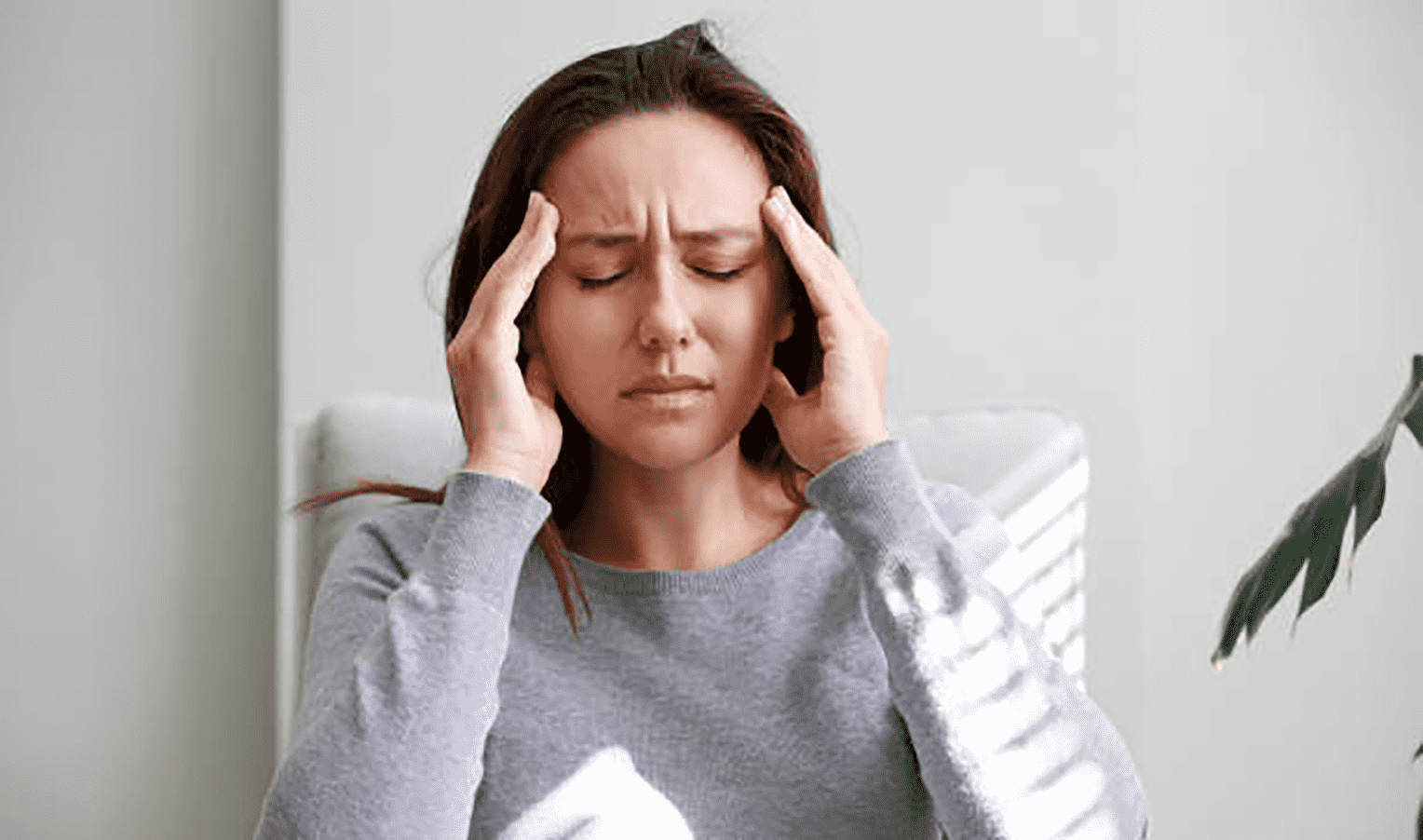
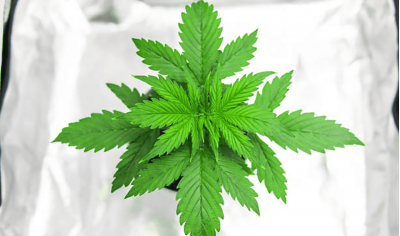
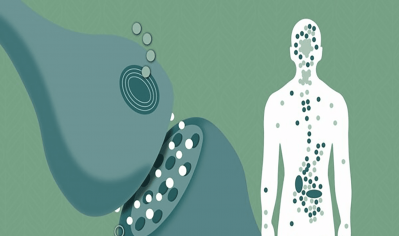
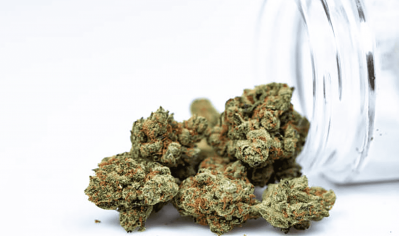
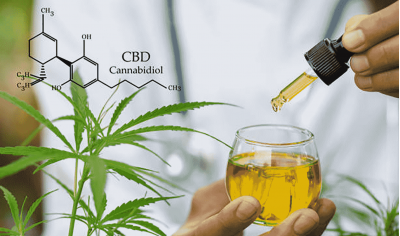
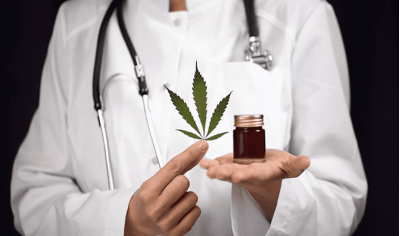
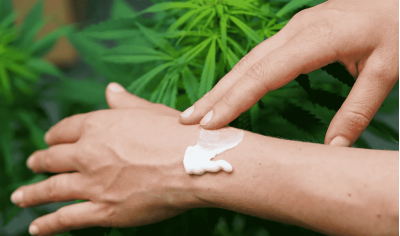


Write a comment